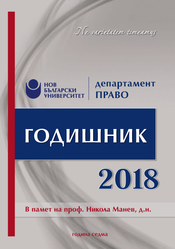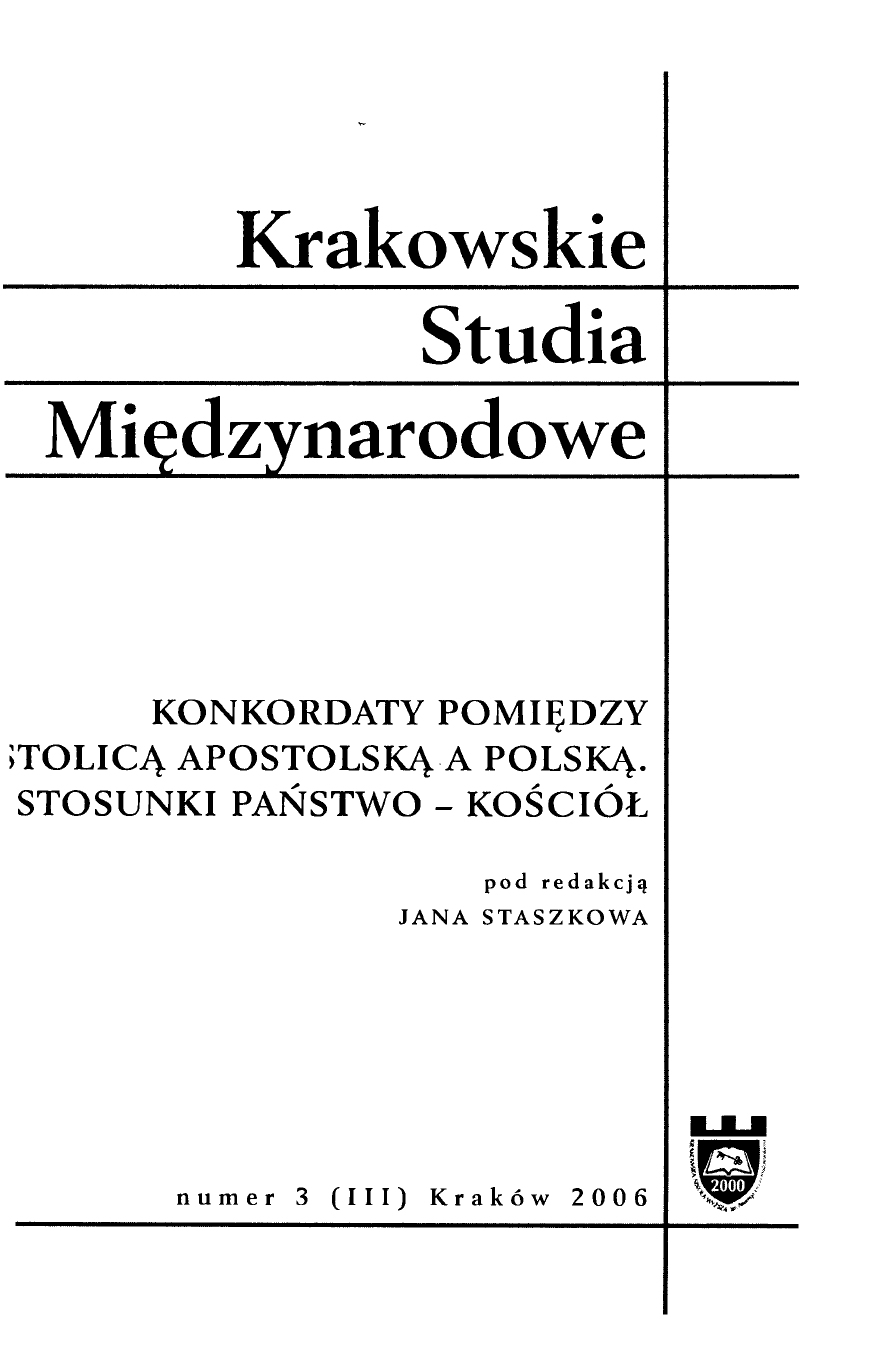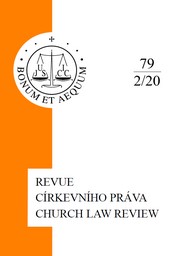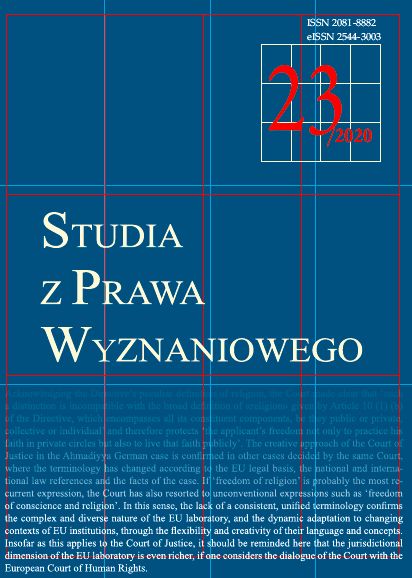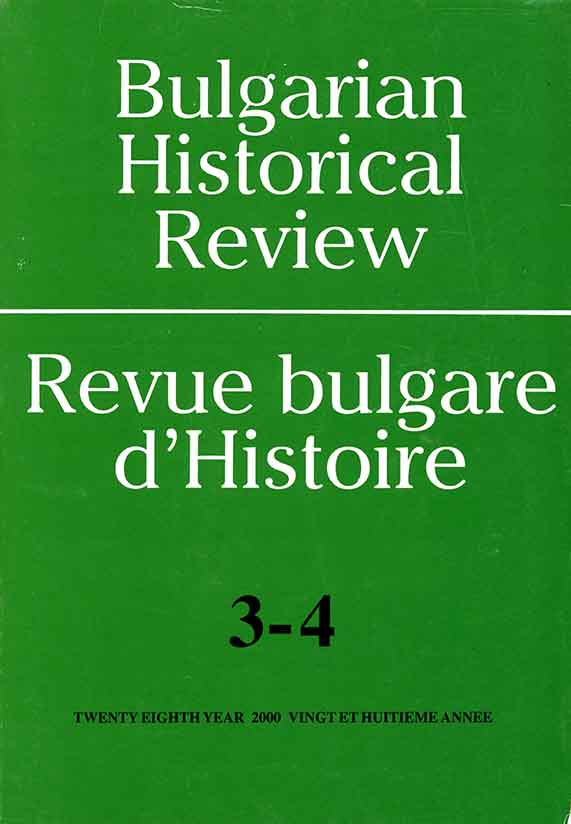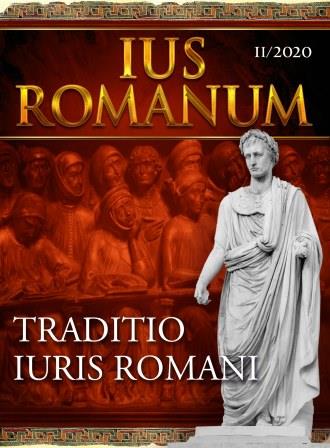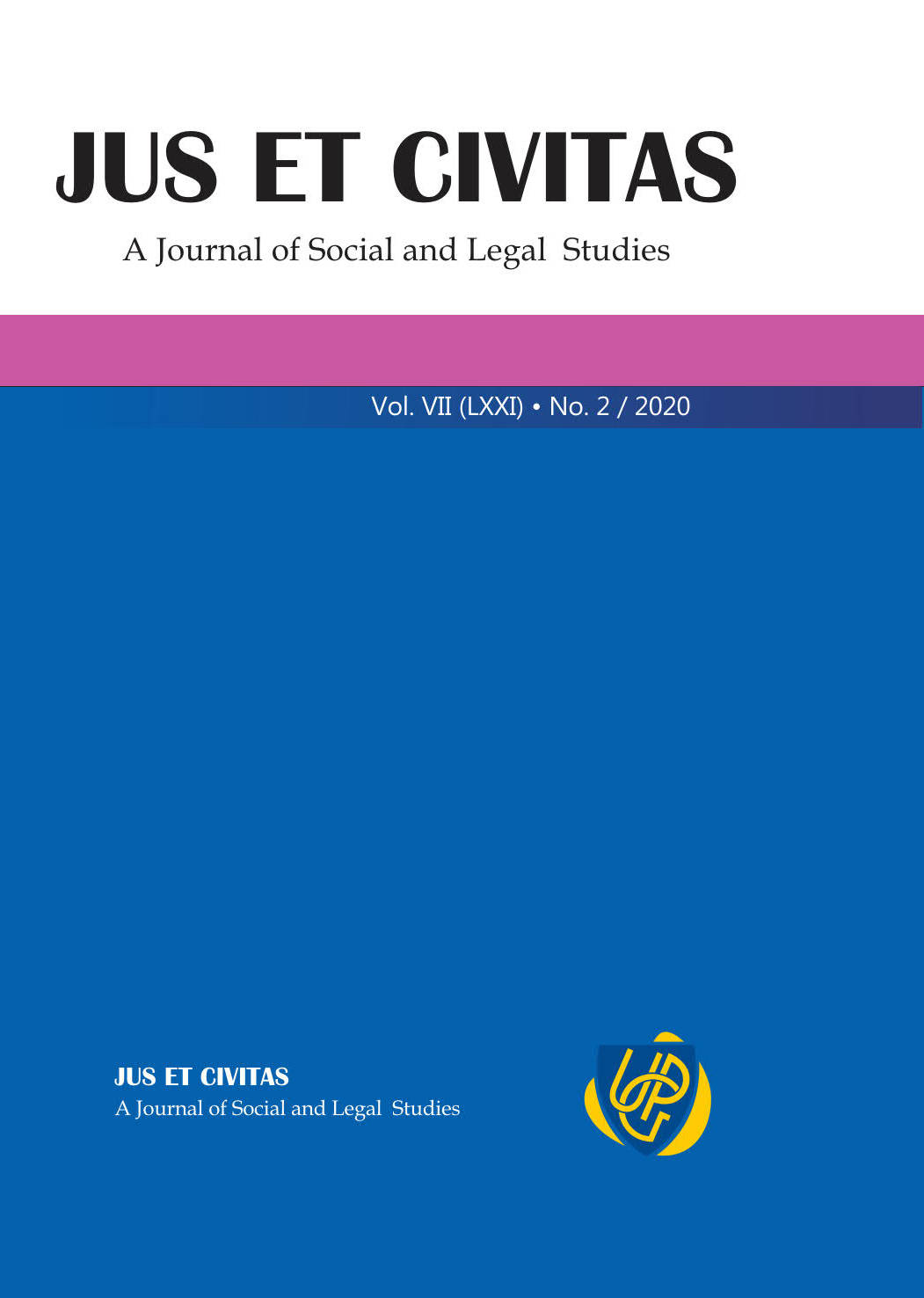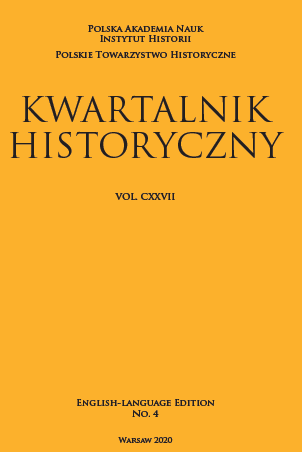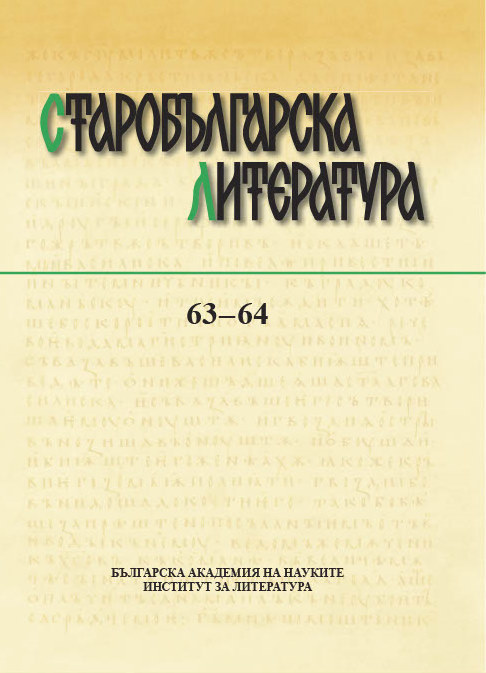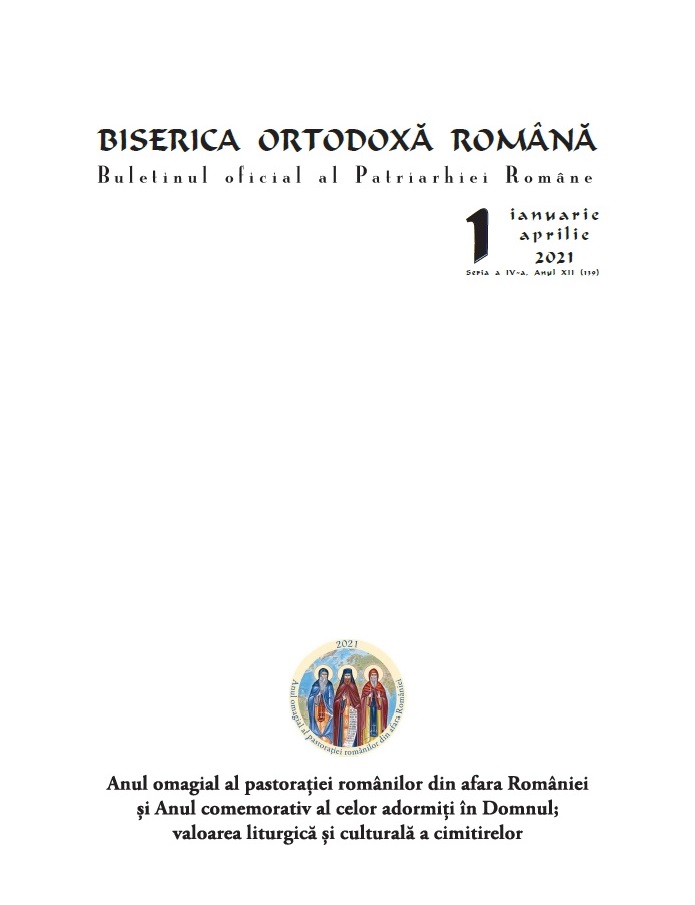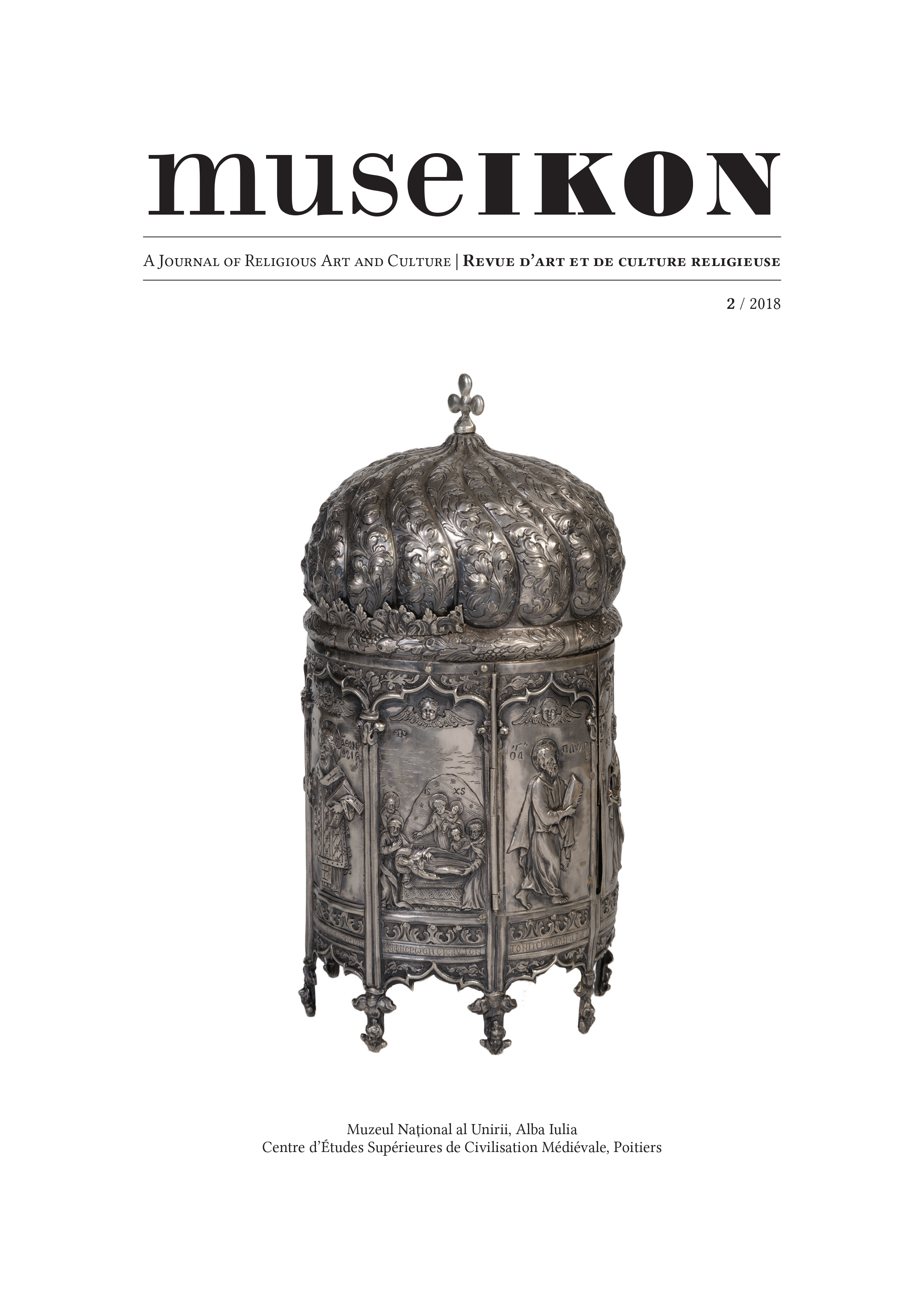
Some Aspects of the History of the 18th-Century. Greek-Catholic Stone Churches in the Area around Baia Mare (Nagybánya)
L’établissement des institutions de l’Église grecque-catholique à Baia Mare (mag. Nagybánya) et à Baia Sprie (mag. Felsőbánya) a réellement commencé au cours du dernier quart du xviiie siècle. Sur les dix doyennés de l’évêché de Moukatcheve (mag. Munkács), situés sur le territoire de comté de Szatmár, deux ont été nommés pour cette ville minière. Cette région proche du Maramureș (mag. Máramaros) et de la Transylvanie est devenue une partie intégrante du comté de Maramureș au milieu du xxe siècle. Cette réorganisation administrative a fait croire à plusieurs spécialistes roumains – de même qu’au grand public – que le patrimoine matériel greccatholique de la région pourrait être traité ensemble avec le patrimoine culturel régional de Maramureș. La présente étude montre que des églises en pierre grecques-catholiques de la fin du xviiie siècle présentent des particularités locales que l’on rencontre aussi à Baia Sprie, Cetăţele (mag. Györkefalva) et Tăuţii de Sus (mag. Giródtótfalu). La maçonnerie des églises est très simple, dépourvue de détails architecturaux complexes, mais cette pauvreté est parfois compensée par des toitures monumentales. Une toiture mansardée a été montée à Cetăţele, tandis que l’église de Tăuţii de Sus a une énorme flèche. La première partie de l’étude propose une révision des données sur l’histoire de ces églises à la lumière des sources découvertes dans les anciennes archives de l’éparchie de Moukatcheve au cours des dernières années. La deuxième partie est consacrée à des analyses détaillées des iconostases des églises de Baia Sprie et Cetăţele. La comparaison des deux ensembles révèle qu’ils ont été réalisés par les mêmes ateliers. En ce qui concerne la critique du style, leurs peintres sont identifiés comme « Ştefan de Şişeşti » ; en ce qui concerne leurs sculpteurs, aucune donnée n’a encore été trouvée à ce jour. Une particularité des deux iconostases réside dans le fait que non seulement les portes royales battantes et certaines structures ornementales sont chantournées, mais ces chantournements caractérisent également l’arrière-plan des icônes dans l’axe central, ainsi que celui des apôtres et des prophètes. Quant à la représentation de Dieu le Père, elle est en relief. L’Auteur suggère que ces choix peuvent représenter une innovation dans la qualité esthétique qui ne pouvait être achevée que dans les intérieurs lumineux des églises en pierre. Dans le cadre de la présente étude, des tentatives ont été faites pour explorer les antécédents et les parallèles de ce phénomène sur le territoire de l’éparchie de Moukatcheve.
More...
